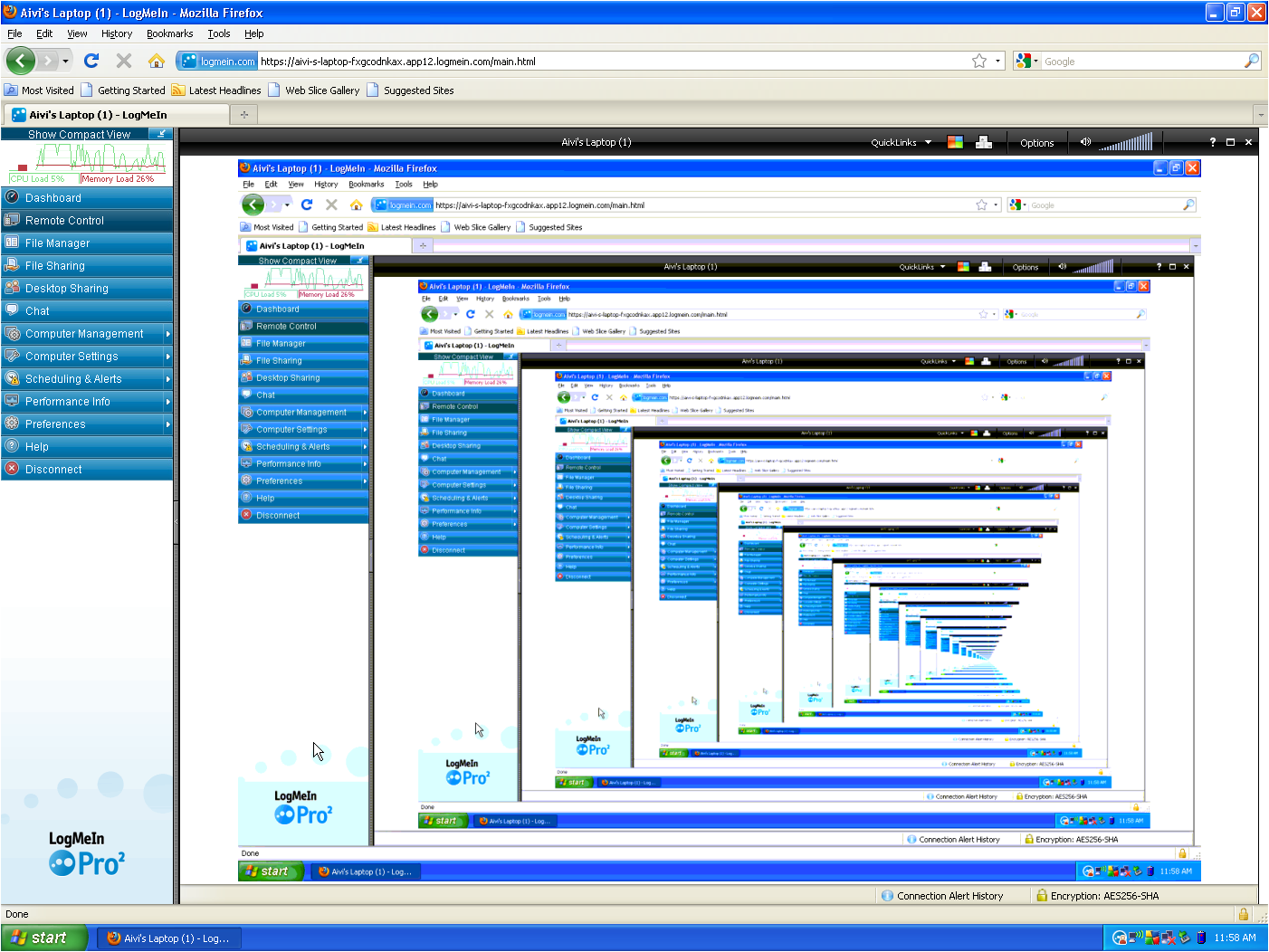I was using iMovie ’08 to do some video editing and I wanted to turn a one hour long video into something shorter.
It turns out iMovie ’08 doesn’t support a slow/fast motion effect even though previous versions supported this. I struggled to find a good alternative that allowed me to speed up playback of my video.
I ended up using two command line tools. FFmpeg and MJPEG Tools.
I installed both using MacPorts:
sudo port install ffmpeg
sudo port install mjpegtools
The command to create a fast motion video was:
ffmpeg -i [input_file] -f yuv4mpegpipe - | yuvfps -s [frame_rate] -r [frame_rate] | ffmpeg -f yuv4mpegpipe -i - -b 57600k -y [output_file]
where
- input_file – the original source file
- frame_rate – the resulting frame rate (X:Y)
- output_file – the output file
The key here is the frame_rate value. Assuming your original video file is X and you want your video to play N times faster, you should sent your new frame rate to be (X*N):1 For example, if your video has a frame rate of 25 fps and you want to increase playback by 4 times, you should use 100:1 for your frame_rate value. You can use the same command to create a slow motion movie. If you wanted to slow the video down to about half speed, you would use 12fps or 13fps for a 25 fps movie. You can find the current fps of your video by running
ffmpeg -i [input_file]
What I did to turn a 50 min movie to a ~12 min video:
ffmpeg -i video.m4v -f yuv4mpegpipe - | yuvfps -s 100:1 -r 100:1 | ffmpeg -f yuv4mpegpipe -i - -b 57600k -y result.avi
It’s been awhile since I played around with video editing. I forgot how long video processing takes. I need a new computer.

